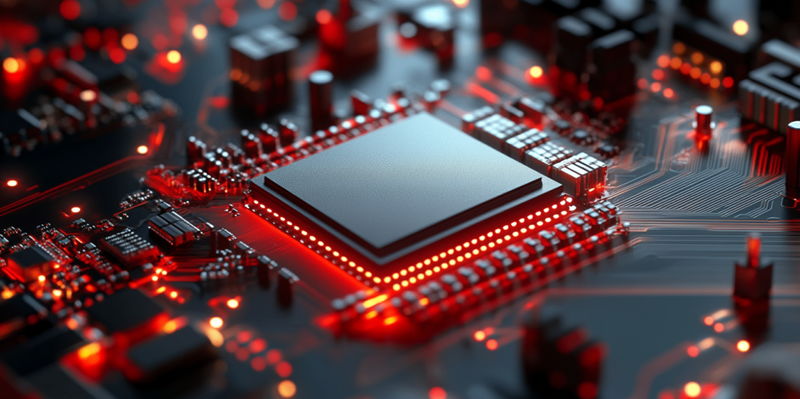Intel has recently pinpointed the root cause of instability in certain Raptor Lake CPUs and has swiftly responded with a new microcode update to fix this issue. Titled update 0x12B, it has begun surfacing in beta BIOS releases from various motherboard manufacturers. While the swift deployment of this update is commendable, preliminary performance assessments have uncovered a potential downside: a marginal drop in CPU performance. For instance, running the Cinebench R15 benchmark on the Core i9-13900K CPU post-update exhibited a 6.5% decline in performance, a figure that starkly contrasts Intel’s assertion that any performance hit would be minimal, falling within the margin of error.
The real-world evaluations indicate a palpable 2% performance dip in Cinebench R23, with comparable reductions observed in CPU-Z benchmark scores. The update is particularly pivotal for users with Raptor Lake CPUs possessing a 65W TDP or higher because it aims to mitigate the problem of CPU degradation caused by incorrect motherboard voltage over time. Another vital alteration introduced by this update is the deactivation of the C1E power option to enhance stability and lessen processor stress. However, this modification might affect overclocking enthusiasts who rely on disabling C1E to prevent their CPU cores from entering sleep mode, showcasing a nuanced trade-off between stability and peak performance ambitions.
Addressing CPU Degradation Concerns
The necessity of this update becomes clearer when one considers the long-term health implications for high TDP Raptor Lake CPUs. The degradation issue stems from incorrect motherboard voltage, which can accelerate wear and tear, effectively shortening the lifespan of these processors. By addressing this critical flaw, Intel is prioritizing the durability and reliability of its hardware—a strategy that positions them as resilient solutions for both everyday users and professional applications that demand sustained performance over extended periods.
However, this strategy also invites discussions around performance sacrifices. Although a 6.5% decline in a singular benchmark might seem minimal in everyday applications, it becomes significant in workload-intensive scenarios or competitive environments where every percentage point counts. The deactivation of the C1E power option, essential for stability, could also be a contentious point. Overclockers often disable C1E to maintain their CPUs in a high-powered state, and its enforced deactivation could complicate their ability to balance power efficiency with performance optimization. This adjustment underlines the delicate equilibrium Intel must maintain between performance enhancement and hardware longevity.
Implications for Overclocking and Day-to-Day Usage
Intel has recently identified the root cause of instability in some Raptor Lake CPUs, promptly addressing it with a new microcode update named 0x12B. This update is now appearing in beta BIOS releases from various motherboard manufacturers. Although the quick roll-out is admirable, early performance tests reveal a potential drawback: a slight decrease in CPU performance. For example, the Cinebench R15 benchmark for the Core i9-13900K post-update shows a 6.5% performance drop, which sharply contrasts with Intel’s claim that performance impact would be minimal and within the margin of error.
Real-world tests show a noticeable 2% performance dip in the Cinebench R23, along with similar reductions in CPU-Z benchmark scores. This update is crucial for users with Raptor Lake CPUs with a 65W TDP or higher, as it aims to address CPU degradation caused by incorrect motherboard voltage over time. Additionally, the update disables the C1E power option to improve stability and reduce processor stress. However, this change might affect overclocking enthusiasts who disable C1E to prevent CPU cores from entering sleep mode, highlighting a subtle trade-off between stability and peak performance goals.

